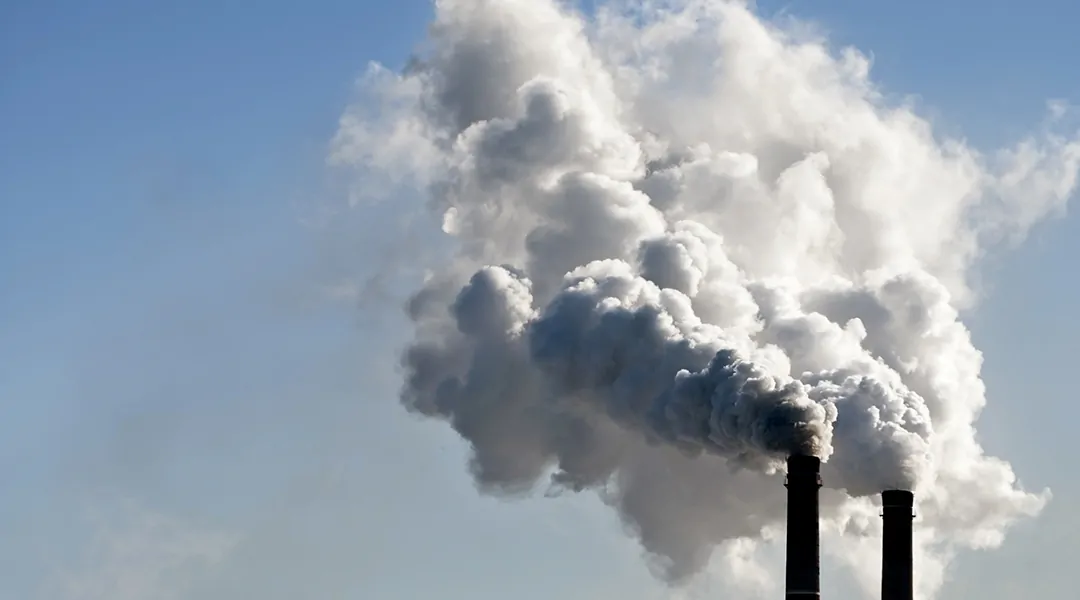
Carbon trading is a method of emission trading. It directly targets carbon dioxide, which covers the bulk of emission trading. The Kyoto Protocol sets an obligation to minimize potential climate change with a reduction of carbon emission. Under carbon credit trading, a country or a polluter can purchase the right to emit more. Moreover, the government or the industry with fewer emissions sells the right to emit carbon to other countries or entities.
Businesses and industries in the developed world are expected to meet specific goals as set by their respective government. But, if unable to achieve those goals, they have the option to go for carbon credit trading from the market. Carbon credit trading is significant for developed world businesses. Moreover, it provides monetary benefits in return for carbon credits which helps these businesses purchase or enhance their technologies.
With the development in technology, businesses will eventually reduce their carbon emissions.
Carbon Trading for A New Dynamic
Carbon trading can be a credit exchange between nations designed to cut carbon dioxide emissions. Countries that use fossil fuels may not compensate for the effects of burning them. However, authorities may incur some cost on the fuel price itself. Still, other fees might not be included. Those are externalities that come with adverse effects.
These externalities include health costs such as heart disease, cancer, stroke, and lung disease—besides environmental costs including environmental degradation, deforestation, climate change, and global warming.
Carbon trading began with the Kyoto Protocol of 1997. At that time, the measure devised was intended to reduce overall carbon emission to roughly 5%. Carbon emission trading allows countries with higher carbon emissions to purchase the right of countries with lower carbon emissions.
Meanwhile, businesses and companies that pollute less can sell their unused pollution rights to companies that pollute more. The intention here is to ensure that companies do not surpass a target number of emissions. However, this equally comes with opposing sides too.
Clean Development Mechanism
Article 12 of the Kyoto Protocol states that the Clean Development Mechanism (CDM) focuses on countries committed to emission reduction to implement related projects in developing countries.
CDM contributes explicitly to growth and business cooperation. For example, market shares will be allocated in the new carbon market based on who is already the biggest carbon emitter and exploits the fastest.
The carboncrat would cover the global oil, chemical, and automotive industries and the wealthiest nations. The present lack of “supplementary” for the richest countries and corporations might further enhance their global share of emissions by outstripping more flawed carbon credit interests. Therefore, this has brought many controversies.
Conclusion
The trading of carbon emissions has expanded gradually over the last few years. Over 374 million metric tons of carbon dioxide was exchanged through projects in 2005, increasing 240 percent. As of 2019, efforts have been made to put a price on it.



